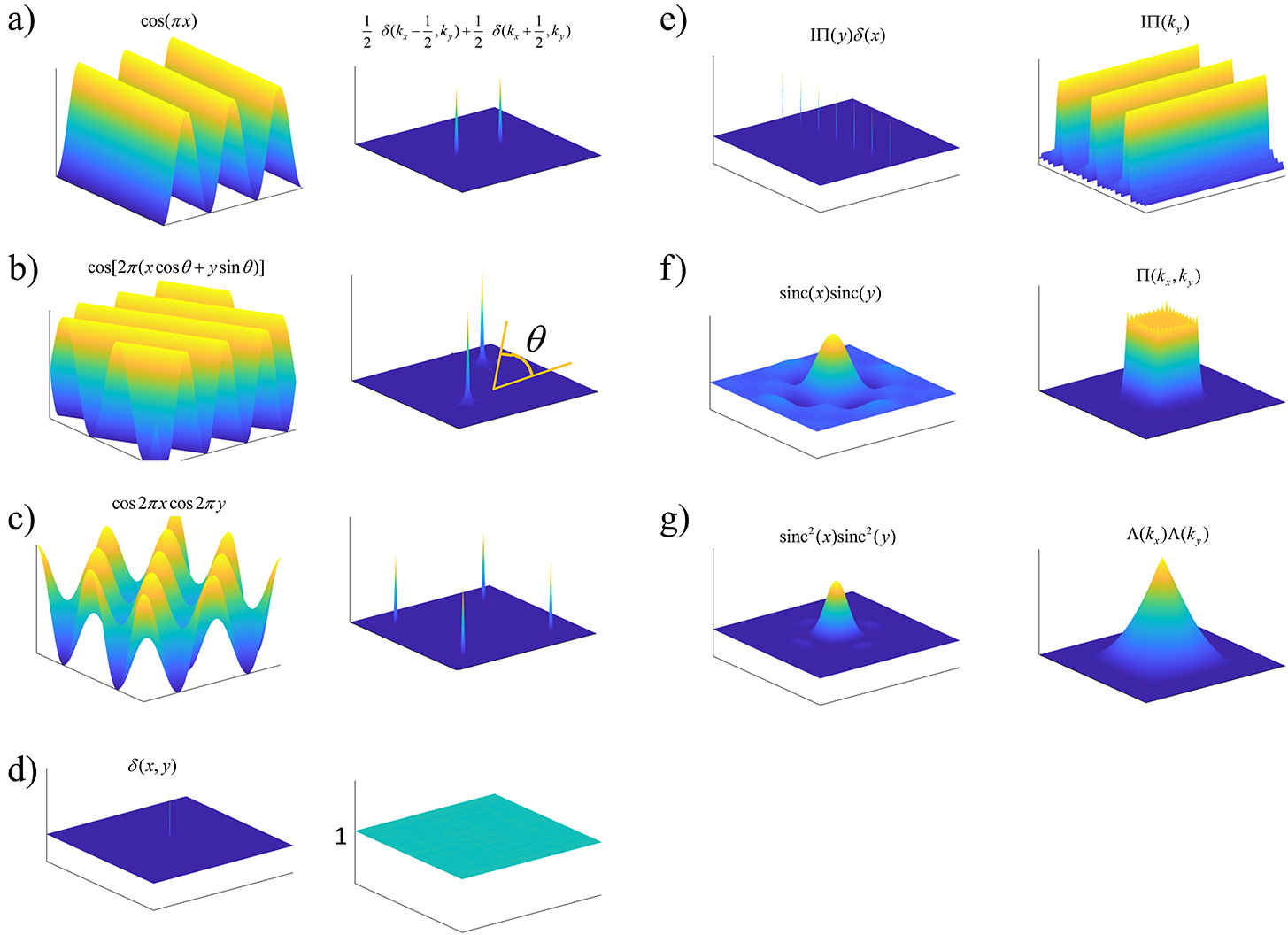On Comparing Newtonian and Einsteinian Gravity using Mars' Orbit
Introduction
Like most people I was taught the field equations for Newtonian gravity in high school in order to prepare for the national selection exams. I went on to study mathematics and differential equations and learned more field equations for voltage etc. Since then, I have always read, mostly in popular science books, that the Einstein field equations are ‘’better’’ than Newton’s. Popular science books are great for getting a general idea of what very complex concepts but all too often they end up being a collection of mismatched metaphors and comparisons (think of Einstein’s rubber sheet preceded by Newton’s Apple) that often leave one wondering what mathematical framework could possibly juxtapose the two. As always, I try to create a minimum working example that would help me (you, us) understand the problem better. In this post I will compare the two theories using the example of Mars’ orbit.
Before we begin, this essay was never meant to be an exhaustive explanation of the math, rather it was meant to be a reasonably sophisticated roadmap that would allow one to see an equation in action and then intelligently Google it’s origins. With that end, starting from the Schwarzschild metric is a good point to start from, since you only need differential equations from that point on to solve things. I have skipped several steps from the Schwarzschild metric to the final differential equation, but most of those steps are just chugging through the math, they do not really help you understand the problem. Basically, my ‘recipe’ is as follows :
you have a system of equations (Einstein’s field equations)
you have a solution to that system (Schwarzschild metric) that makes some simplifying assumptions on the constants
you plug in values for the constants and solve the differential equations for your system (Mars’ orbit)
You can use this recipe for any field equations, not just gravity. And indeed for any other field theory of physics.
General Relativity
Starting from the first principles of Newtonian gravity one can solve field equations for gravity that yield the following solution
Where
All that finally gives us an equation like the one for Newton,
Which can be written as ,
Orbits are perfectly elliptical in the first case i.e. every year you would expect Mars to be in the same place. But Einstein’s equations give a spiralling orbit such that every year Mars ends up moved or slightly precessed. It is exactly this phenomenon, called the precession of Mars, that proves that Einstein’s equations are considered a better explanation for gravity than Newton’s.
Conclusion
Well, that is all there is to it. Reasonable next steps for the interested reader would involve some combination of the following :
- Understand the origins of Einstein’s field equations (this can get quite philosophical)
- Understand the Schwarzschild metric and how it is derived as a solution to the field equations
- Understand the precession of Mars and how it is used to validate Einstein’s field equations via the error in the orbit of Mars as predicted by Newton’s equations
- (extra credit) Understand the Schwarzschild metric in the context of the Kerr metric (rotating black holes) and the Reissner-Nordstrom metric (charged black holes)
Addendum : What does “choosing a solution” to the Einstein metric mean?
Infuriatingly, often one hears of Einsteins equations but no one really ever shows you what they are. Here is a brief overview of the primary concepts. Every equation is a tensor equation, which means that it is a set of equations that are invariant under a change of coordinates. You can find them in the non tensor form too, no you dont need to know what tensors are to understand them. Einstein’s field equations are a set of ten interrelated differential equations in Albert Einstein’s general theory of relativity. They describe how mass and energy in the universe influence the curvature of space-time, which in turn affects the motion of objects. The equations can be summarized as (in tensor notation)
Here,
The equations essentially state that the curvature of space-time
(left-hand side) is directly related to the energy and momentum of matter and radiation (right-hand side).
This formulation has profound implications for our understanding of gravity, leading to predictions such as the bending of light by massive objects, the slowing of time in gravitational fields, and the existence of black holes.
Choosing a solution to Einstein’s field equations involves finding solutions that satisfy both the mathematical requirements of the equations and physical constraints. The Schwarzschild metric is one such solution that describes the geometry of space-time outside a spherically symmetric, non-rotating mass, such as a black hole or a massive celestial body (literally 90% of the solutions you ever need are this case, charged black holes are still an open problem in almost all modern equations, other metrics exist but for the most part you only need this one to get an idea). The Schwarzschild metric is given by:
Where: -
The Schwarzschild metric satisfies Einstein’s field equations for vacuum solutions (i.e., regions of space-time where there is no matter or energy), which means
The Schwarzschild metric was initially derived for the case of a non-rotating, uncharged mass. However, it serves as a fundamental solution in general relativity and has been foundational in understanding the behavior of space-time around massive objects.
References
- Schwarzschild metric
- Einstein field equations
- General relativity
- Schwarzschild black hole
- Excellent channel : https://www.youtube.com/@ScienceClicEN
- Derive the Einstein tensor : https://www.youtube.com/watch?v=4g1xZNKw2cc
- BUT WHAT IS A TENSOR : https://www.youtube.com/watch?v=Hf-BxbtCg_A
- Difference in orbitals, full proof : https://nhsjs.com/2023/the-difference-in-orbits-of-planets-in-terms-of-newtonian-mechanics-and-einsteinian-mechanics/




